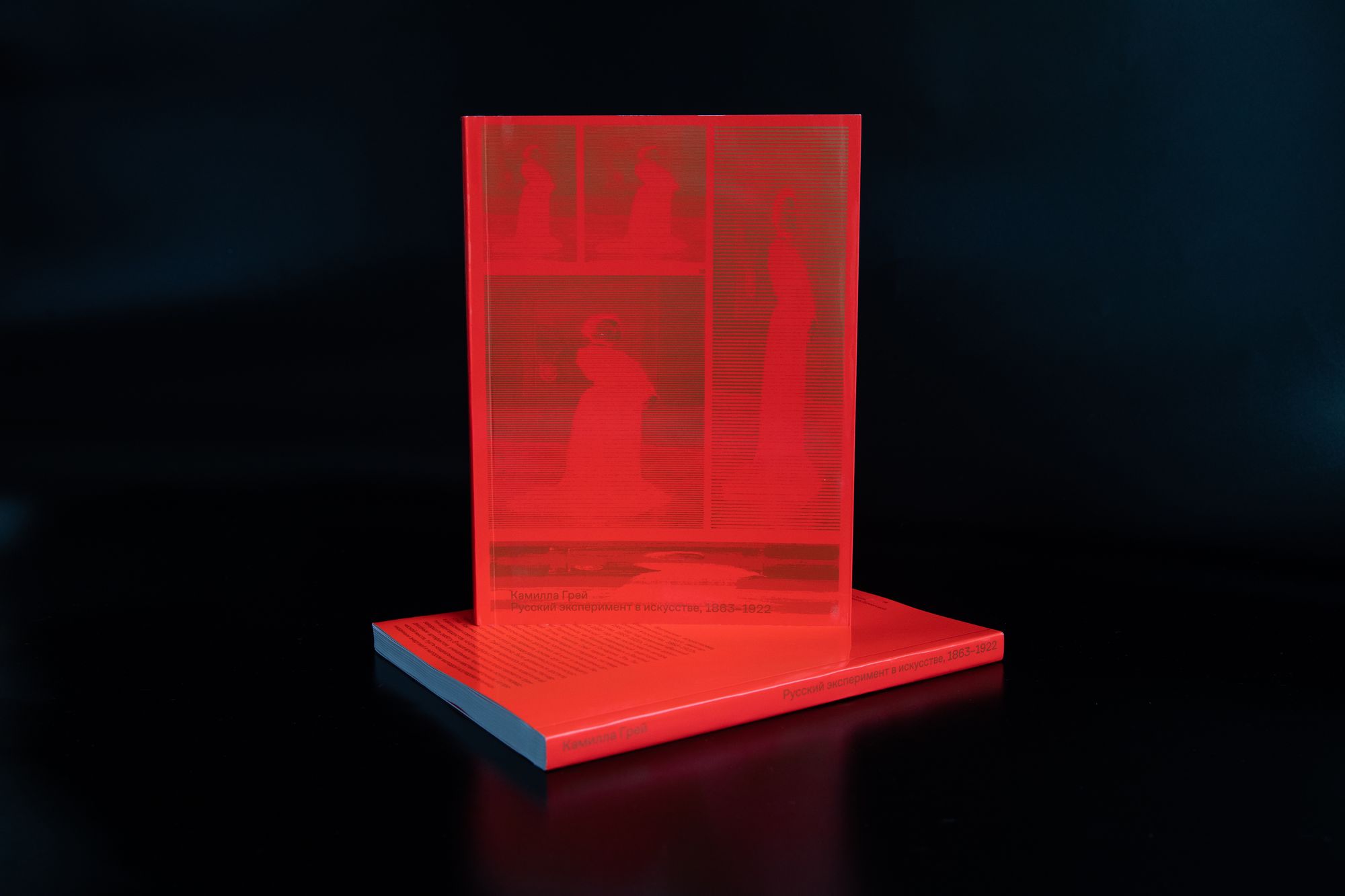Camilla Gray.
The Russian Experiment in Art: 1863–1922
A pioneering Western study of the Russian avant-garde, now a classic in art historical thought.
First published in the United Kingdom in 1962, The Russian Experiment in Art was the first comprehensive study of the Russian avant-garde. For an entire generation of Western and Soviet art historians, it was a revelation. Access to avant-garde materials had been nearly impossible for decades, as the Soviet authorities upheld socialist realism as the only acceptable artistic direction.

Camilla Gray (1936–1971) was a British art historian specializing in the Russian avant-garde. Her groundbreaking work remains a key reference for scholars and enthusiasts alike.
Throughout this time and as a constant theme, now blazoned forth, now disguised, runs the idea of a renewal of art as a socially active force—“which must not reflect, imagine or interpret, but really build” [the Constructivists]—“to prevent the accusation that art is an empty diversion to be despised” [Cherishevsky, the spokesman of the “Wan-derers.” In this book I have tried to trace the thread of this debate and the way in which it was worked out in art in Russia.
Despite multiple attempts, the book was never successfully published in Russian—until now. This new Russian translation by Olga Demidova holds a significance that is not just academic, but also historical. While the study of the Russian avant-garde has advanced considerably since Gray’s time, her work remains a crucial record of how early Western scholars encountered and interpreted the movement.
Camilla Gray approached the avant-garde at a time when there were no open archives, fundamental studies, or direct access to original artworks. Even with some factual inaccuracies, her research remains one of the most vivid and compelling accounts of Russian avant-garde art, outlining its evolution and contributions to global modernism. The Russian Experiment in Art not only reflects the state of avant-garde research in 1962 but also sheds light on the difficulties foreign scholars faced in the USSR.
Gray identifies the roots of the avant-garde in the work of the Wanderers and the Abramtsevo Circle, then traces its development through the early 1920s. Key figures in her study include: Mikhail Larionov, Kazimir Malevich, Vladimir Tatlin. She explores Futurism, the artistic life of early post-revolutionary years, and the many competing currents of early 20th-century Russian art, illustrating how creative culture adapted to the rapid social transformations of the period. With the enthusiasm of a young researcher—Gray was not yet thirty when the book was first published—she captures the energy, experimentation, and revolutionary spirit that defined the avant-garde.
Translator
Olga Demidova
Scientific editor
Tatiana Goryacheva
Editors
Evgenia Fomenko
Alexander Izvekov
Design and layout
Ekaterina Lupanova